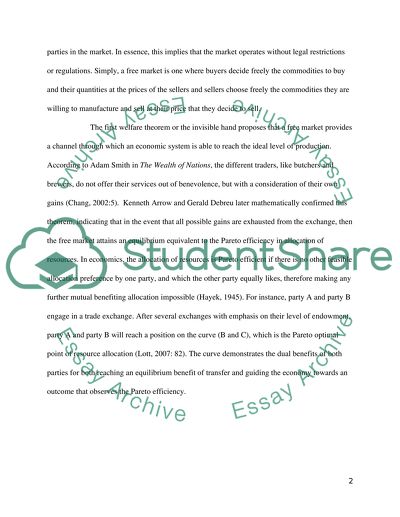Cite this document
(“Free Markets are Efficiency Essay Example | Topics and Well Written Essays - 2500 words”, n.d.)
Free Markets are Efficiency Essay Example | Topics and Well Written Essays - 2500 words. Retrieved from https://studentshare.org/macro-microeconomics/1440300-ypfree-markets-are-efficienty-discuss
Free Markets are Efficiency Essay Example | Topics and Well Written Essays - 2500 words. Retrieved from https://studentshare.org/macro-microeconomics/1440300-ypfree-markets-are-efficienty-discuss
(Free Markets Are Efficiency Essay Example | Topics and Well Written Essays - 2500 Words)
Free Markets Are Efficiency Essay Example | Topics and Well Written Essays - 2500 Words. https://studentshare.org/macro-microeconomics/1440300-ypfree-markets-are-efficienty-discuss.
Free Markets Are Efficiency Essay Example | Topics and Well Written Essays - 2500 Words. https://studentshare.org/macro-microeconomics/1440300-ypfree-markets-are-efficienty-discuss.
“Free Markets Are Efficiency Essay Example | Topics and Well Written Essays - 2500 Words”, n.d. https://studentshare.org/macro-microeconomics/1440300-ypfree-markets-are-efficienty-discuss.


